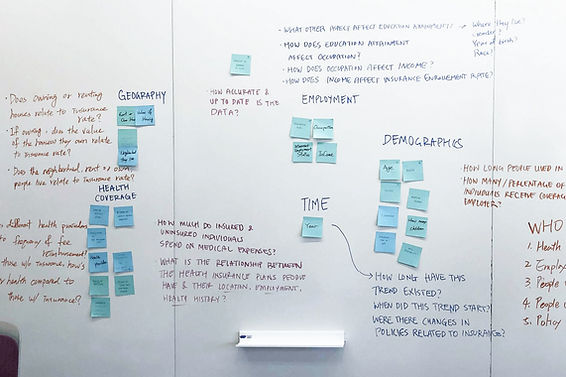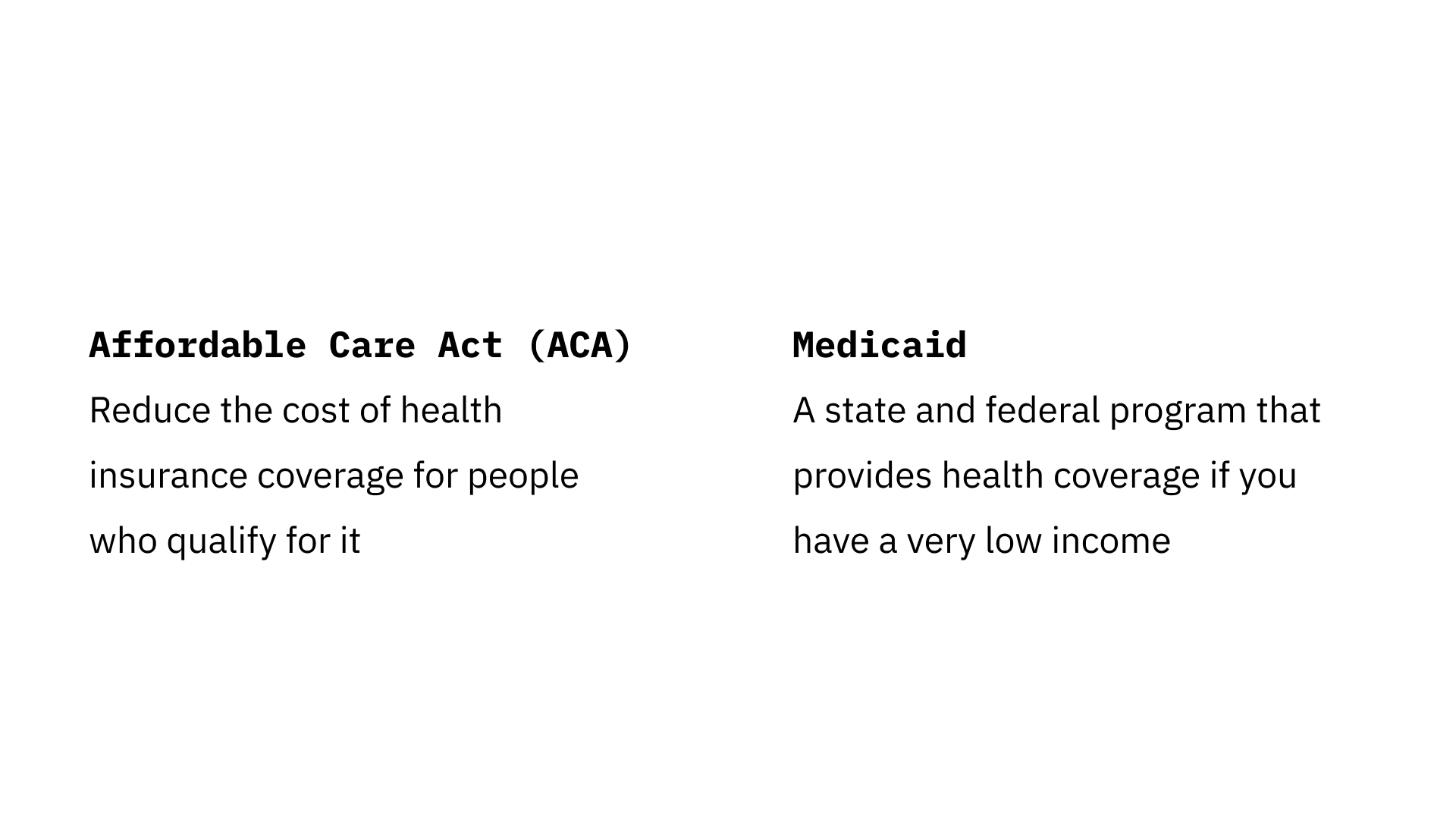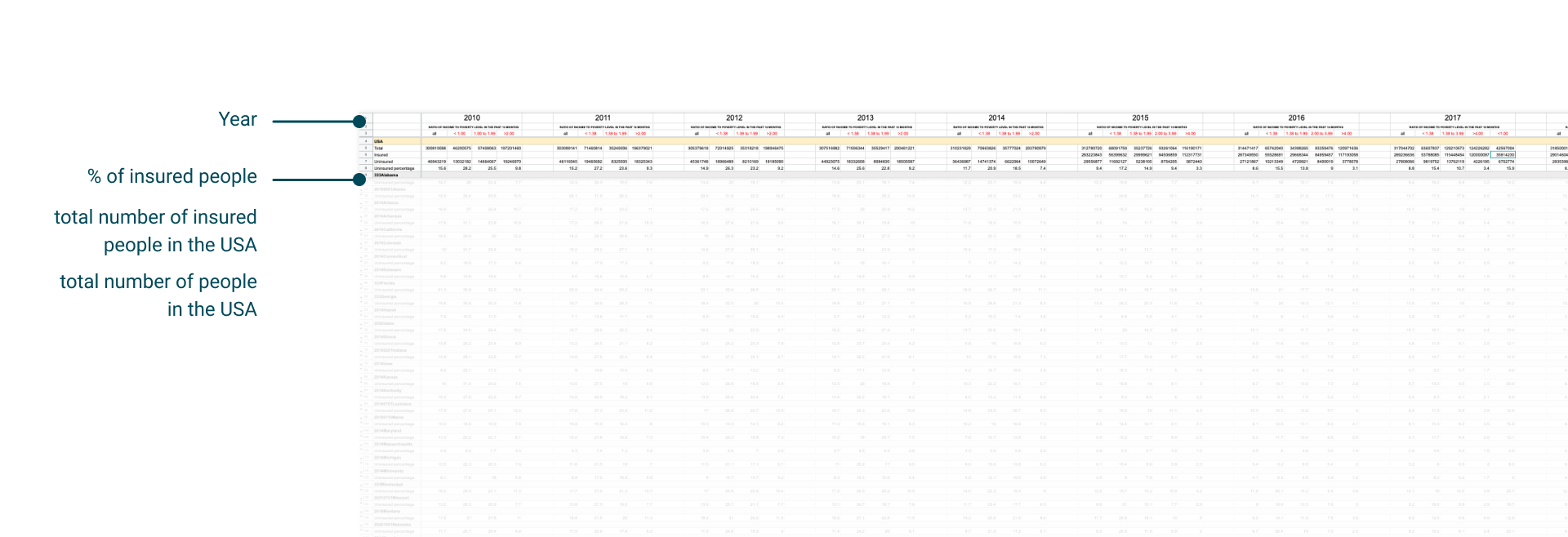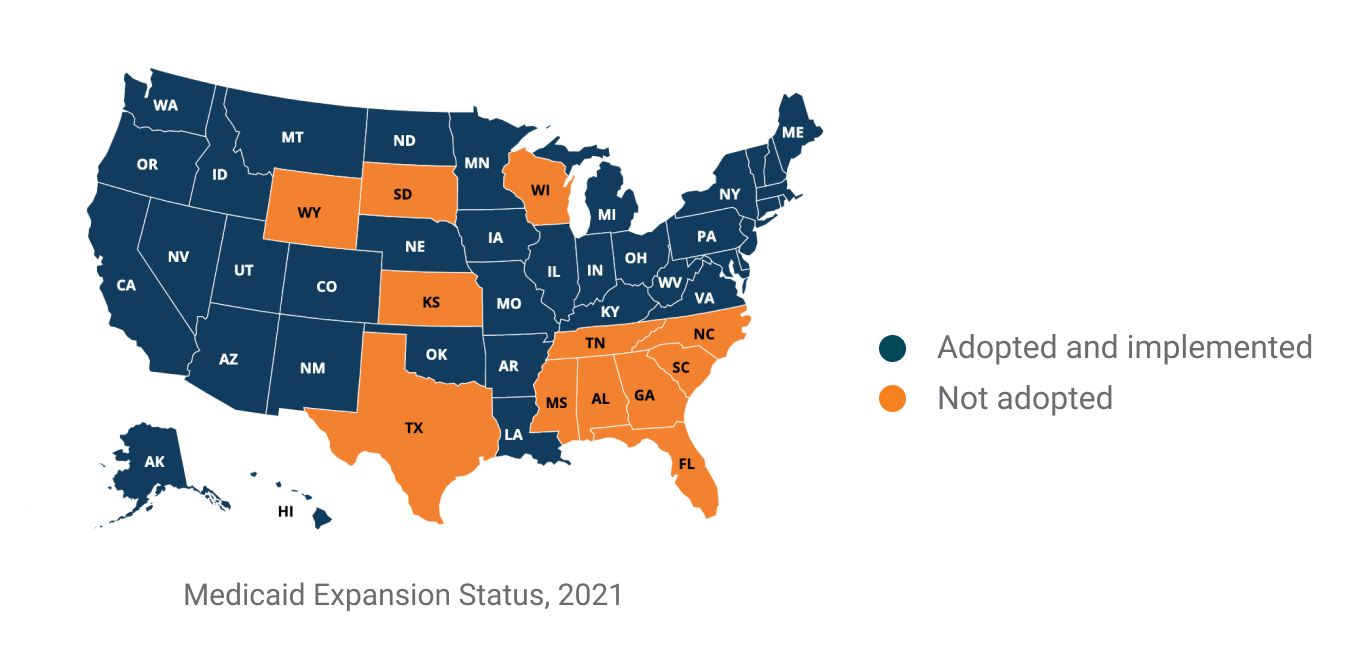01
Background

We are tasked to reach world carbon net zero by 2050. Our team focuses on nudging people's diets into plant-based as we learn from the Project Drawdown that it's the 4th largest potential sector to cut down carbon emissions. Also, we believe designers play a crucial role when it comes to behavior nudging. To set our success matrix, we aim to increase plant-based populations from 22% to 75% (Goal of Project Drawdown) over the next 30 years.



To identify the best entry point, we conduct a series of research, including diary study, co-design workshop, interviews, case study, and storyboard, helping us narrow down the scope:

- Key Insight : Food is Social
Friends are large influence in diet choices. People tend to eat more vegetables when eating out with plant rich dieters. - Target Location : CMU Campus
More and more colleges introduce plant rich diets at the campus and aim for carbon neutrality (e.g. Upitt), but CMU hasn't been part of it. We'd like CoPlant to serve early adopters at CMU and facilitate the change at CMU. - Target User : International Students
The research suggests that people going through bigger changes are more likely to change habits. Among CMU, international student are going thought the biggest change, moving one country to anther. The opportunity we see is to help them maintain the plant rich diets (if they already are) and gradually impact others.









